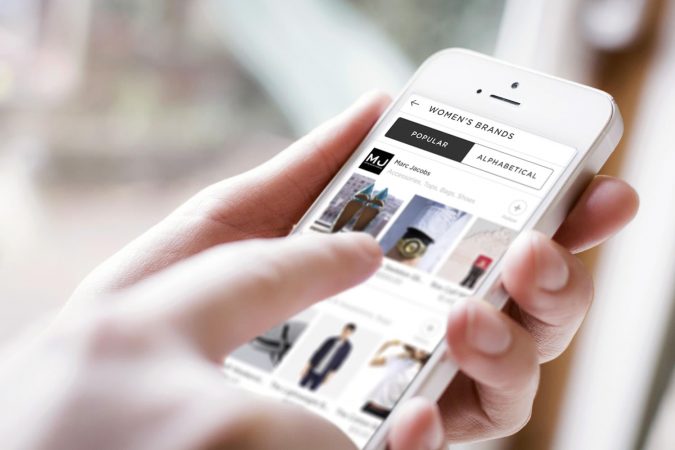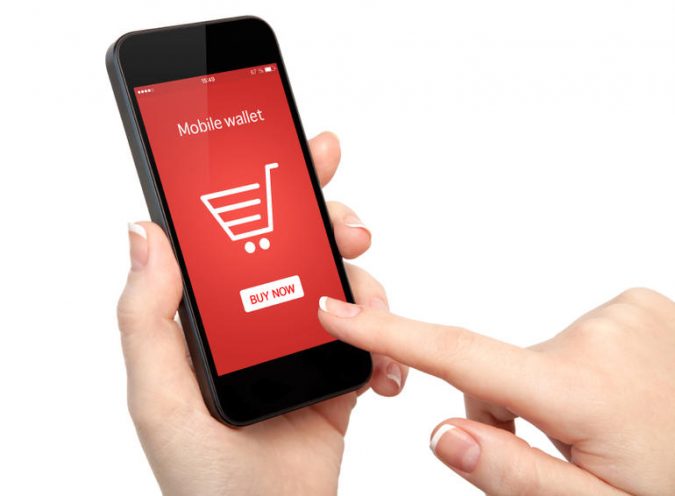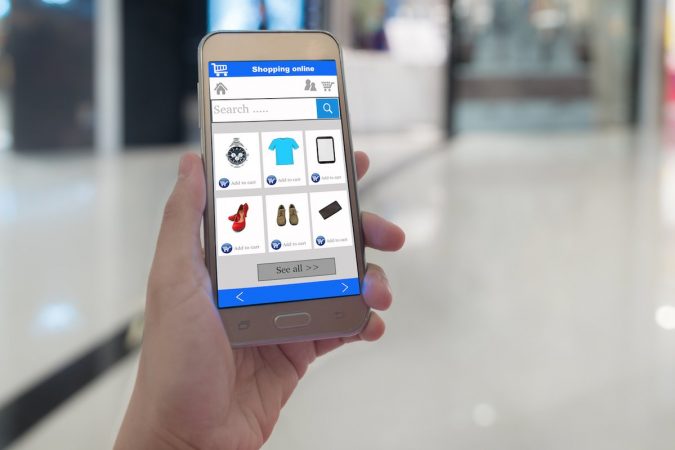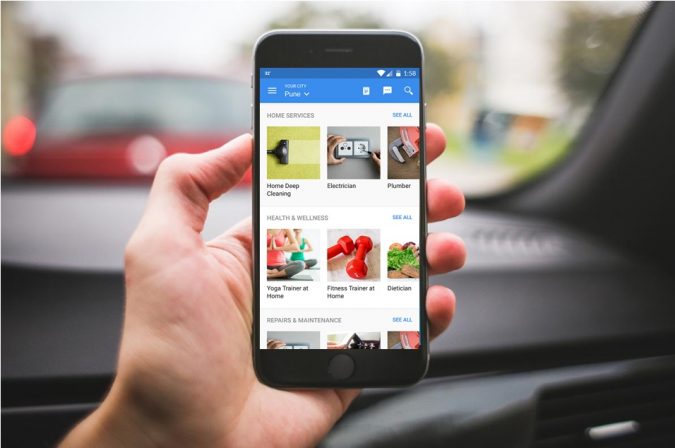Not only are more people adopting mobile devices over time, but their functionality is changing as well. Smartphones and tablets used to take a “backseat” to desktop usage. For example, in the past, someone might have used their mobile device to find out more about a product they were considering buying—but then waited until they got home to their desktop computer to actually make the purchase. These days, many would be inclined to conduct research and check out using their mobile device alone.
Why? To start, there’s an abundance of user-friendly mobile apps available for just about any functionality you can imagine, including e-commerce. Retailers have become intensely focused on providing smooth user experiences from start to finish, particularly when it comes to their branded apps. Simplified navigation, device-specific formatting, and streamlined checkout are all advantages apps offer over a mobile browser.
So, what happens when the mobile takes over the customer journey? Well, app marketers must update their paradigms to adapt to this changing customer behavior or risk becoming obsolete.
Importance of App Engagement Beyond Installs
According to eMarketer, U.S. adults will spend three hours and 35 minutes daily on mobile devices in 2018. Furthermore, mobile users will spend 90 percent of this time in apps on smartphones; 77 percent of the time in apps using a tablet. This just goes to show how intertwined the rise of general mobile usage and the rise of app usage in particular really are.
While these figures are promising, to say the least, there’s a catch: Mobile users tend to spend a significant chunk of this time in their same favored apps. This means marketers still face a challenge when it comes to getting users to install new ones, let alone convert in a meaningful way. There’s growing potential for apps, including shopping apps, to become an integral part of the customer journey. But getting people to engage in desired actions is first a matter of piquing their interest with savvy app advertising. After all, every customer journey has to begin somewhere.
One thing is clear: Monetizing your app means going beyond mere installs to drive engagement. Serving generic ads to anyone who might be interested in shopping online is simply not a cost-effective way to market to mobile app users. Rather, app marketers must use data to “offer more targeted and personalized communication to their users.”
A dynamic advertisement is a great example because it assembles programmatically based on the type of user viewing it. In terms of e-commerce, this means a user would see an ad tailored to them based on their demographic information and online behavior. Factors like gender, location, income level, previous app usage, type mobile device and more would determine the exact look and feel of any given dynamic ad.
Ads personalized to reflect target audiences, plus mobile users with similar characteristics, tend to perform better in terms of installations and subsequent engagement. For an e-commerce app, this would look like creating an account or making a purchase from a mobile device.
Long story short: App marketers must adjust to mobile’s growing role in the customer journey to target consumers with effective ad messaging.
Harnessing the Power of Mobile Apps: An Example
Amazon has long been setting the pace in e-commerce, as the success of its recent Prime Day demonstrates. The online retail giant made the journey to discounts particularly easy for users who installed the Amazon Prime shopping app; this app notified members when items from their watchlists went on sale, among other functions meant to boost convenience.
Mobile users want to get from point-A to point-Z with as few hassles between as humanly possible. A good app smooths out that journey. But functionality alone isn’t enough to sell your app to consumers, who are bombarded with marketing messages daily. To capitalize on increasing app usage over time, mobile app marketers must serve personalized messaging to the right mobile users.















